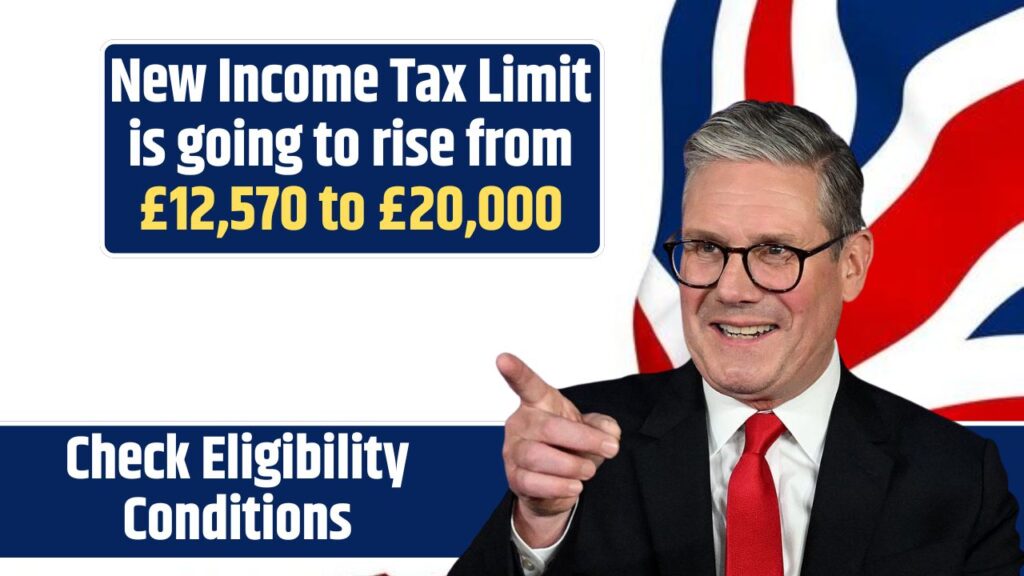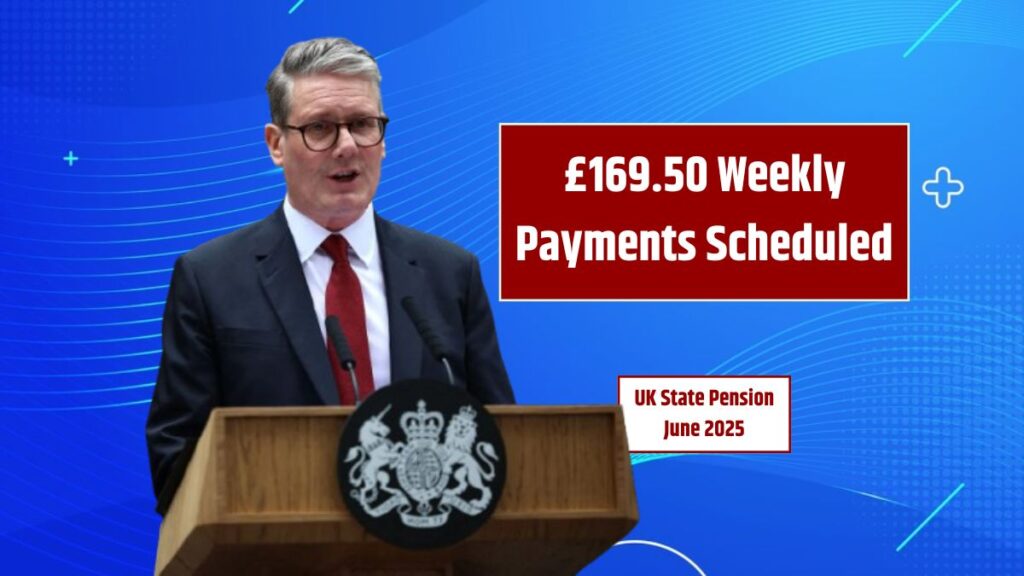As discussions grow louder around economic recovery and government reform, the buzz surrounding the DOGE Stimulus Checks is becoming hard to ignore. The Department of Government Efficiency (DOGE) has proposed a bold new initiative aimed at putting $5,000 directly into the hands of American taxpayers. While still awaiting approval, the plan is making waves across political and economic circles, backed by high-profile names like President Donald Trump and entrepreneur Elon Musk.
With a proposed $2 trillion budget and a promise to return government savings to the people, this one-time refund aims to reward taxpayers for their continued contributions to the U.S. economy. Here’s everything we know so far about the DOGE Stimulus Check for 2025—and what it could mean for your wallet.
DOGE Stimulus Checks 2025 – Overview
| Department | Department of Government Efficiency (DOGE) |
|---|---|
| Amount | $5,000 per eligible taxpayer |
| Payment Date | To be announced (possibly 2026) |
| Beneficiaries | American taxpayers meeting eligibility criteria |
| Category | Government Aid |
| Official Website | doge.gov |
What Is the DOGE Stimulus Check?
The DOGE Stimulus Check is a proposed financial relief measure designed to distribute a portion of government savings to eligible taxpayers in the form of a $5,000 one-time payment. The idea was originally pitched by the Department of Government Efficiency and received high-profile support from Trump and Musk, both advocating for direct rebates as a way to streamline government operations and benefit hardworking Americans.
The goal is simple: return at least 20% of DOGE-generated savings to the people while using another 20% to pay off national debt. The remaining funds would be used to improve government operations and efficiency.
Who Is Eligible?
The proposed eligibility requirements are focused on rewarding active contributors to the economy—in other words, taxpayers who consistently give more than they receive in benefits.
Key Criteria:
- Must have filed federal tax returns in the last two years
- Must be a U.S. citizen or born in America
- May include those receiving Social Security or Veterans’ benefits, provided they meet income criteria
- Only individual taxpayers, not businesses, are eligible
- Dependents may not qualify unless filing individually
DOGE aims to focus on taxpayers who consistently pay more in taxes than they receive in federal aid, underlining a reward-based approach to government efficiency.
How Would It Work?
The DOGE payment model may resemble that of previous COVID-era stimulus checks, utilizing existing IRS infrastructure to process payments quickly and directly. If implemented, taxpayers would receive their DOGE stimulus through direct deposit or paper check, depending on their tax filing method.
While no formal system has been established yet, the Department of Government Efficiency would likely coordinate with the IRS to track eligibility and distribute funds efficiently.
The $2 Trillion Budget and Economic Debate
The proposed plan would be funded by $2 trillion in savings achieved by streamlining government operations and eliminating bureaucratic inefficiencies. The vision is that reducing administrative overhead will create surplus funds that can be redirected back to taxpayers.
Economic Concerns
However, not everyone supports the plan. Critics argue that such a large-scale injection of money into the economy could trigger inflation or contradict existing trade and tariff policies. Some economists warn that without proper fiscal balance, this plan could put pressure on interest rates and spending behavior.
Still, supporters argue that returning government savings to the public promotes transparency, stimulates economic growth, and rewards responsible taxpayers.
When Will DOGE Checks Be Issued?
As of now, no official approval date has been announced. The earliest potential rollout would be July 2026, as stated in the initial DOGE proposal. This would depend on several stages of legislative approval, including passage through the House of Representatives and Senate.
Delays are expected due to political negotiations, economic reviews, and potential adjustments to the eligibility framework.
Latest News & Updates
- The DOGE stimulus remains under review, with growing public interest and support.
- As of now, no legislation has been passed, but discussions are ongoing.
- If approved, the checks could benefit up to 76 million households, representing a significant share of middle- and upper-income taxpayers.
Supporters argue that if DOGE can indeed generate savings through improved efficiency, taxpayers deserve to benefit directly.
FAQs
What is the amount of DOGE Stimulus Checks?
$5,000 per eligible taxpayer.
Who is eligible?
American taxpayers who have filed returns in the last two years and meet specific income and benefit criteria.
Which department handles the checks?
The Department of Government Efficiency (DOGE).
Is there a confirmed date for the DOGE stimulus?
No. The tentative launch is July 2026, but approval and rollout are still pending.
Can businesses claim the DOGE stimulus?
No. The payment is strictly for individual taxpayers.





















